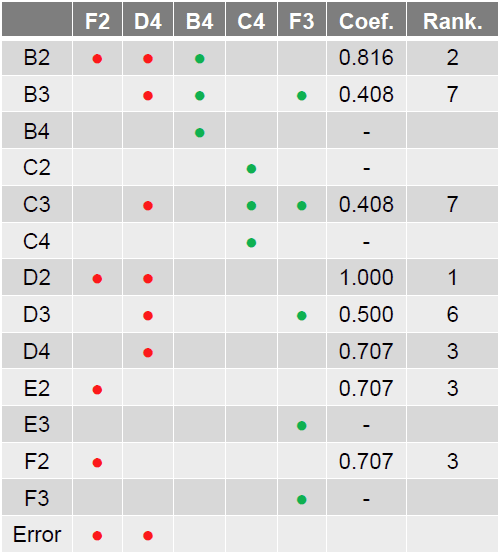Authors
Birgit Hofer, Andre Riboira, Franz Wotawa, Rui Abreu, & Elisabeth Getzner
Abstract
Spreadsheets are by far the most prominent example of end-user programs of ample size and substantial structural complexity. In addition, spreadsheets are usually not tested very rigorously and thus comprise faults.
Locating faults is a hard task due to the size and the structure, which is usually not directly visible to the user, i.e., the functions are hidden behind the cells and only the computed values are presented. Hence, there is a strong need for debugging support.
In this paper, we adapt three program-debugging approaches that have been designed for more traditional procedural or object-oriented programming languages. These techniques are Spectrum-based Fault Localization, Spectrum-Enhanced Dynamic Slicing, and Constraint-based Debugging.
Beside the theoretical foundations, we present a more sophisticated empirical evaluation including a comparison of these approaches. The empirical evaluation shows that SFL (Spectrum-based Fault Localization) and Sendys (Spectrum ENhanced DYnamic Slicing) are the most promising techniques.
Sample

Spectrum-based Fault Localization uses similarity coefficients to estimate the likelihood of a given formula being faulty.
Publication
2013, Lecture Notes in Computer Science, Volume 7793, pages 68-82
Full article
On the empirical evaluation of fault localization techniques for spreadsheets
